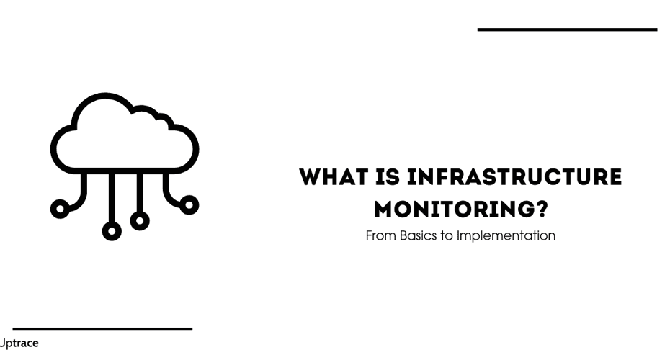Dev
3w
367

Image Credit: Dev
What is Infrastructure Monitoring? From Basics to Implementation
- Infrastructure monitoring involves real-time observation and analysis of IT components for optimal performance.
- It focuses on hardware, virtualization, network, storage, and cloud resources.
- Monitoring aims to proactively detect issues, optimize performance, plan capacity, save costs, and enhance security.
- It operates through data collection, analysis, visualization, and alerting processes.
- Key benefits include preventing downtime, optimizing resource utilization, and enabling faster troubleshooting.
- Infrastructure monitoring tools cater to server, cloud, network, data center, virtualization environments, and more.
- Best practices involve focusing on critical metrics, setting meaningful alerts, proper visualization, and regular adjustments.
- Integration with other monitoring systems and choosing the right tool are essential for effective monitoring.
- Considerations for different environments and scalability factors impact tool selection.
- ROI of implementing robust monitoring includes reduced downtime, lower costs, better utilization, and extended hardware lifespans.
- Infrastructure monitoring must evolve to address containerized environments with dynamic monitoring and service-level metrics.
Read Full Article
22 Likes
For uninterrupted reading, download the app